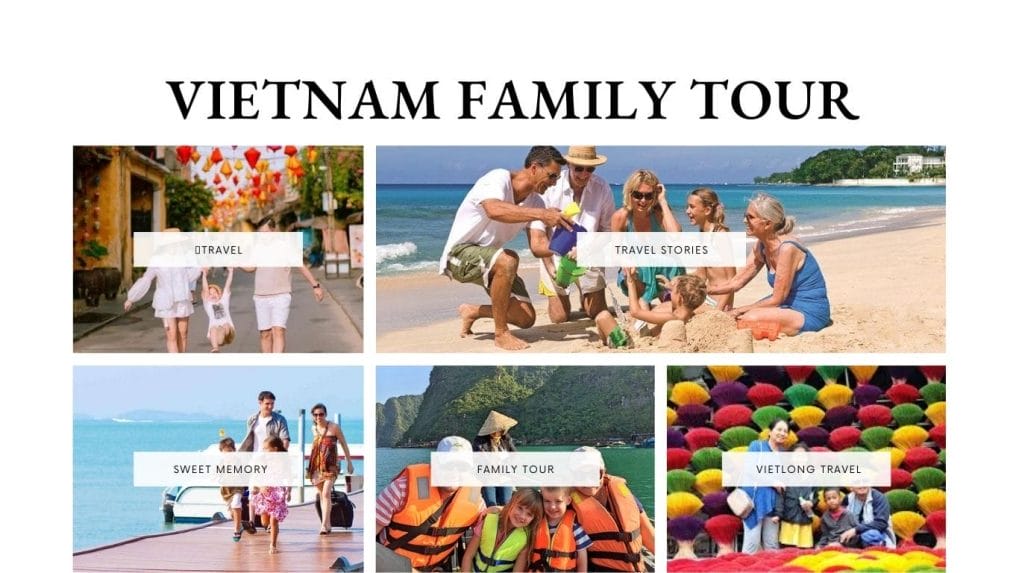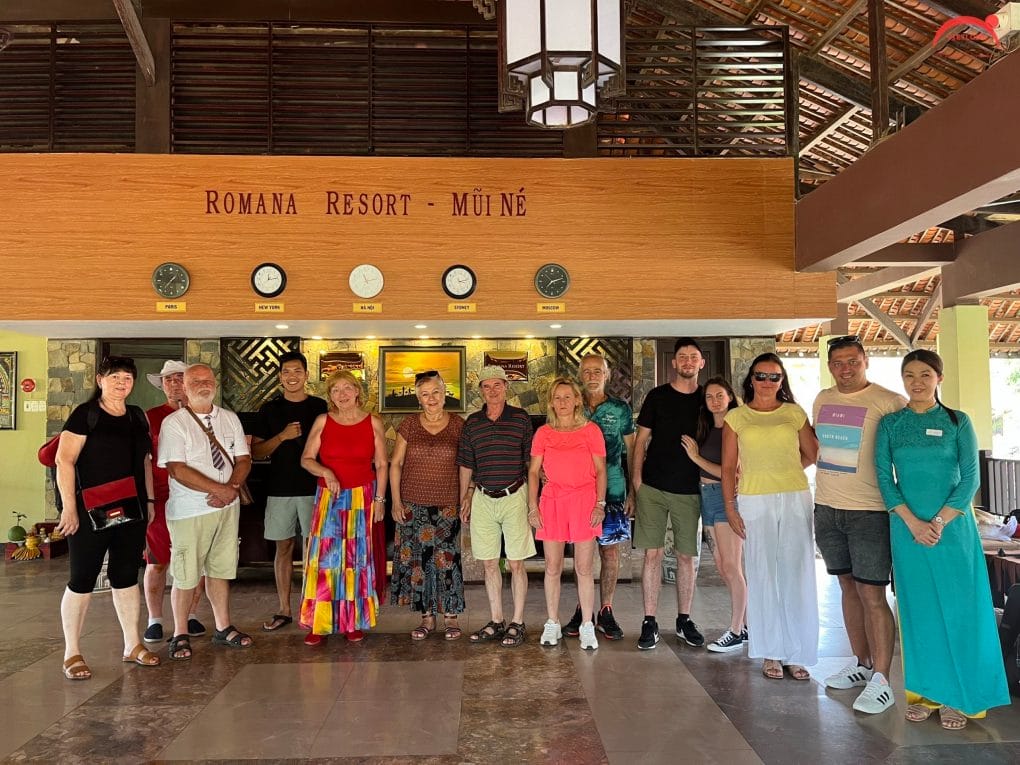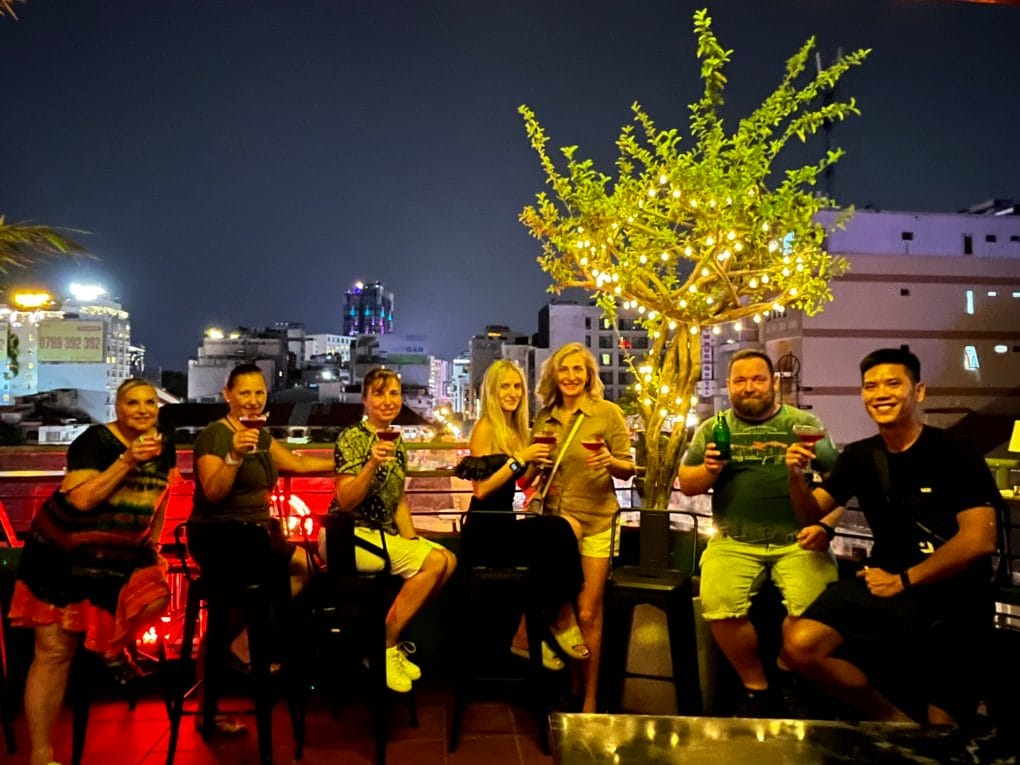The Mya Zedi Pagoda is located in Myinkaba village. Mya Zedi was built by Prince Raja Kumar, son of King Kyansitthar, in the memory of his queen mother. Next to the Gubyaukgyi stands the gilded Mya Zedi or ‘Emerald Stupa’. A four-sided pillar in a cage between the two monuments bears an inscription consecrating Gubyaukgyi and written in four languages – Pyu, Mon, Old Burmese and Pali. Its linguistic and historical significance is great since it establishes the Pyu as an important cultural influence in early Bagan and relates the chronology of the Bagan kings. The inscription was about the Prince Rajakumar’s feelings towards his father and the choice of the heir to the throne. Prince Raja Kumar was the son of King Kyatsitthar, who had a lawful right to be the successor king. But the father King Kyansitthar didn’t know he had a son, until after he had crowned his grandson (his daughter’s son). He lived his whole life as just as a prince. When Prince Raja Kumar’s mother, the former queen, died, he donated all his mother’s jewellery and 4 villages to Buddha by building a pagoda, namely Mya Zedi. He engraved the following stone inscription near the pagoda. He also donated all his slaves to this pagoda in order to take care of it. The Mya Zedi stone inscription is well-known among most locals. Mya Zedi stone inscription, also known as Raja Kumar’s stone inscription, was engraved in 4 language as in Myanmar, Mon, Pali, and Pyu on 4 sides of a stone.
Nearby Attractions
Gubyaukgyi Myinkaba Temple
Gubyaukgyi Myinkaba Temple is situated just to the left of the road as you enter Myinkaba. This temple was built in 1113 by Kyanzittha’s son Rajakumar, on his father’s death. Prince Rajakumar was the son of King Kyanzittha and the niece of a monk. Kyanzittha met the woman while he was a refugee before his time. Rajakumar was the rightful heir to the throne of Bagan. But Kyanzittha had designated his grandson, Alaungsithu, as heir, and Rajakumar relinquished his right. The temple is in an Indian style, the monument consists of a large shrine room attached to a smaller antechamber. The fine stuccowork on its exterior walls is in particularly good condition. The Early period temple is also of particular interest for the well-preserved paintings inside, which are thought to date from the original construction of the temple and to be the oldest remaining in Bagan. The temple is typical of the Mon style in that the interior is dimly lit by perforated rather than open windows. It is generally kept locked and there are temple keepers from the village and can ask for permission to open it.
Myinkaba Pagoda
The Myinkaba pagoda shares its name with a village and a stream. The Myinkaba is simple in form, with a dome and a final, which foreshadow Anawrahta’s later work, the Shwesandaw. But the great difference is in the terraces. While those of the Shwesandaw provide a lofty, pyramidal base, those of the Myinkaba are low and circular, creating quite a different effect.






